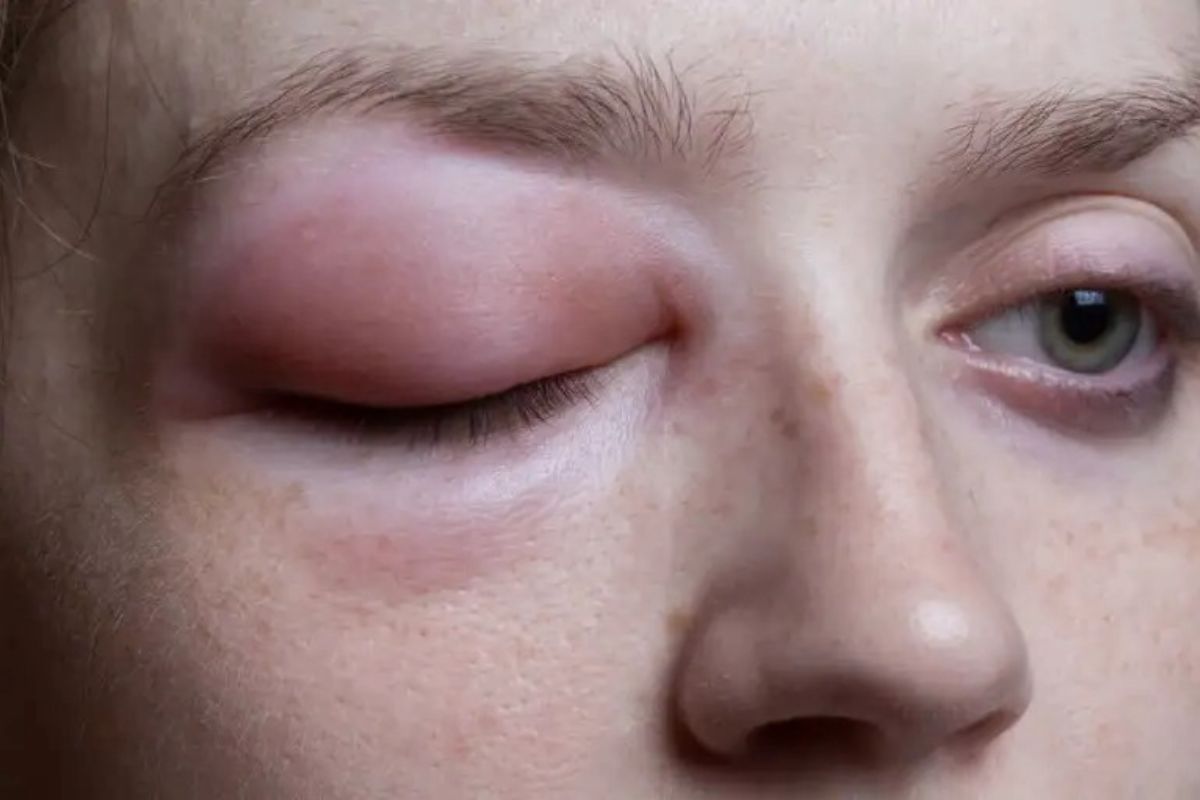
Quincke's Edema, also known as angioedema, is a condition characterized by rapid swelling of the deeper layers of the skin, often around the eyes, lips, and sometimes the throat. This swelling can be alarming and uncomfortable, but understanding its causes and symptoms can help manage it effectively. What triggers Quincke's Edema? It can result from allergic reactions, medications, infections, or even stress. Recognizing the signs early, such as sudden swelling and difficulty breathing, is crucial for timely treatment. This article will provide 30 essential facts about Quincke's Edema, shedding light on its symptoms, causes, and management strategies to help you stay informed and prepared.
Key Takeaways:
- Quincke's Edema causes sudden, deep swelling in the skin and tissues. It can be triggered by allergens, stress, and infections, and may lead to breathing difficulties and abdominal pain.
- Treatment for Quincke's Edema includes antihistamines, corticosteroids, and epinephrine injections. Lifestyle adjustments, like carrying an emergency kit and wearing a medical alert bracelet, can help manage the condition.
What is Quincke's Edema?
Quincke's Edema, also known as angioedema, is a condition characterized by sudden swelling beneath the skin. This swelling can affect various parts of the body, including the face, throat, and limbs. Understanding this condition is crucial for managing symptoms and preventing complications.
- Quincke's Edema is named after Heinrich Quincke, a German physician who first described the condition in 1882.
- Unlike hives, which affect the surface of the skin, Quincke's Edema involves deeper layers of the skin and tissues.
- The swelling typically occurs rapidly, often within minutes to hours.
- Common triggers include allergens like food, insect stings, and medications.
- Stress and infections can also trigger episodes of Quincke's Edema.
Symptoms of Quincke's Edema
Recognizing the symptoms of Quincke's Edema can help in seeking timely medical intervention. The symptoms can vary depending on the affected area.
- Swelling is the most prominent symptom, often occurring around the eyes, lips, and throat.
- The swollen areas may feel warm and painful but are usually not itchy.
- In severe cases, swelling in the throat can cause difficulty breathing.
- Abdominal pain, nausea, and vomiting can occur if the gastrointestinal tract is affected.
- Swelling can also affect the hands and feet, causing discomfort and difficulty in movement.
Causes of Quincke's Edema
Understanding the causes of Quincke's Edema can aid in avoiding triggers and managing the condition effectively.
- Allergic reactions are a common cause, often triggered by foods like nuts, shellfish, and dairy.
- Certain medications, such as ACE inhibitors used for high blood pressure, can cause Quincke's Edema.
- Hereditary angioedema is a genetic form of the condition, passed down through families.
- Physical stimuli like pressure, temperature changes, and exercise can also trigger episodes.
- Autoimmune diseases and infections can sometimes lead to Quincke's Edema.
Diagnosis of Quincke's Edema
Accurate diagnosis is essential for effective treatment and management of Quincke's Edema. Medical professionals use various methods to diagnose the condition.
- A detailed medical history and physical examination are the first steps in diagnosing Quincke's Edema.
- Blood tests can help identify underlying causes, such as allergies or hereditary factors.
- Skin prick tests may be used to identify specific allergens causing the reaction.
- Imaging studies, like ultrasound or CT scans, can assess the extent of internal swelling.
- Genetic testing is recommended for individuals with a family history of hereditary angioedema.
Treatment Options for Quincke's Edema
Effective treatment can help manage symptoms and prevent future episodes of Quincke's Edema. Various treatment options are available depending on the severity and cause.
- Antihistamines are commonly used to reduce swelling and alleviate symptoms.
- Corticosteroids can help control severe inflammation and swelling.
- Epinephrine injections are crucial for treating life-threatening throat swelling.
- Avoiding known triggers, such as specific foods or medications, is essential for prevention.
- For hereditary angioedema, specific medications like C1 inhibitors and bradykinin receptor antagonists are used.
Living with Quincke's Edema
Managing Quincke's Edema involves lifestyle adjustments and awareness of potential triggers. Here are some tips for living with the condition.
- Keeping an emergency kit with antihistamines and epinephrine can be lifesaving.
- Wearing a medical alert bracelet can inform others of the condition in case of an emergency.
- Regular check-ups with a healthcare provider can help monitor the condition and adjust treatment as needed.
- Educating family and friends about the condition can ensure they know how to help during an episode.
- Stress management techniques, such as meditation and exercise, can reduce the frequency of episodes.
Final Thoughts on Quincke's Edema
Quincke's Edema, also known as angioedema, is a condition marked by sudden swelling beneath the skin, often around the eyes and lips. It can be triggered by allergies, medications, or even stress. Recognizing the symptoms early is crucial for effective treatment. Swelling can be alarming, but antihistamines and corticosteroids usually help manage it. In severe cases, an epinephrine injection might be necessary.
Understanding the causes and treatments can make a big difference in managing this condition. If you or someone you know experiences sudden swelling, seek medical advice promptly. Staying informed about potential triggers and having an action plan can help mitigate the impact of Quincke's Edema. Knowledge is power, and being prepared can make all the difference in handling this unpredictable condition.
Frequently Asked Questions
Was this page helpful?
Our commitment to delivering trustworthy and engaging content is at the heart of what we do. Each fact on our site is contributed by real users like you, bringing a wealth of diverse insights and information. To ensure the highest standards of accuracy and reliability, our dedicated editors meticulously review each submission. This process guarantees that the facts we share are not only fascinating but also credible. Trust in our commitment to quality and authenticity as you explore and learn with us.
